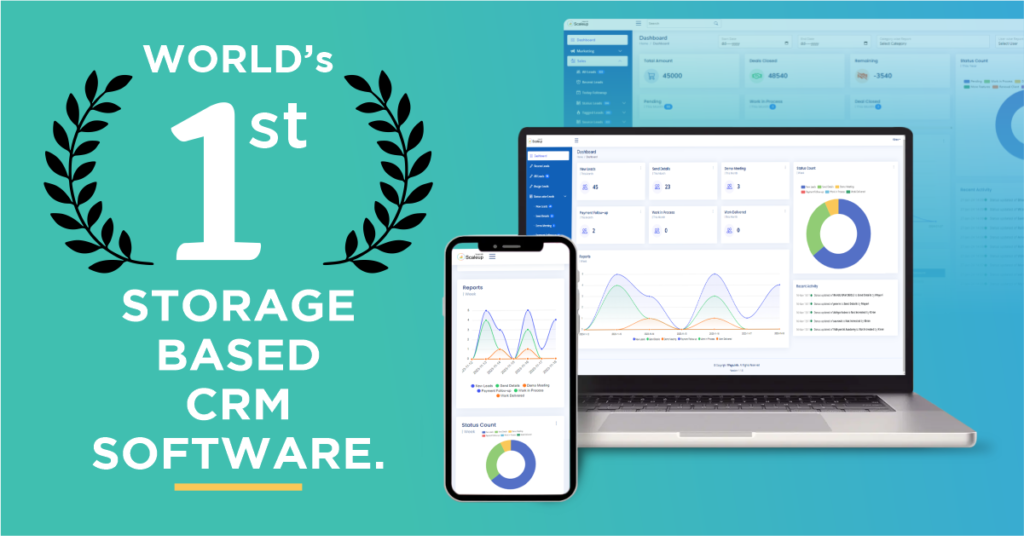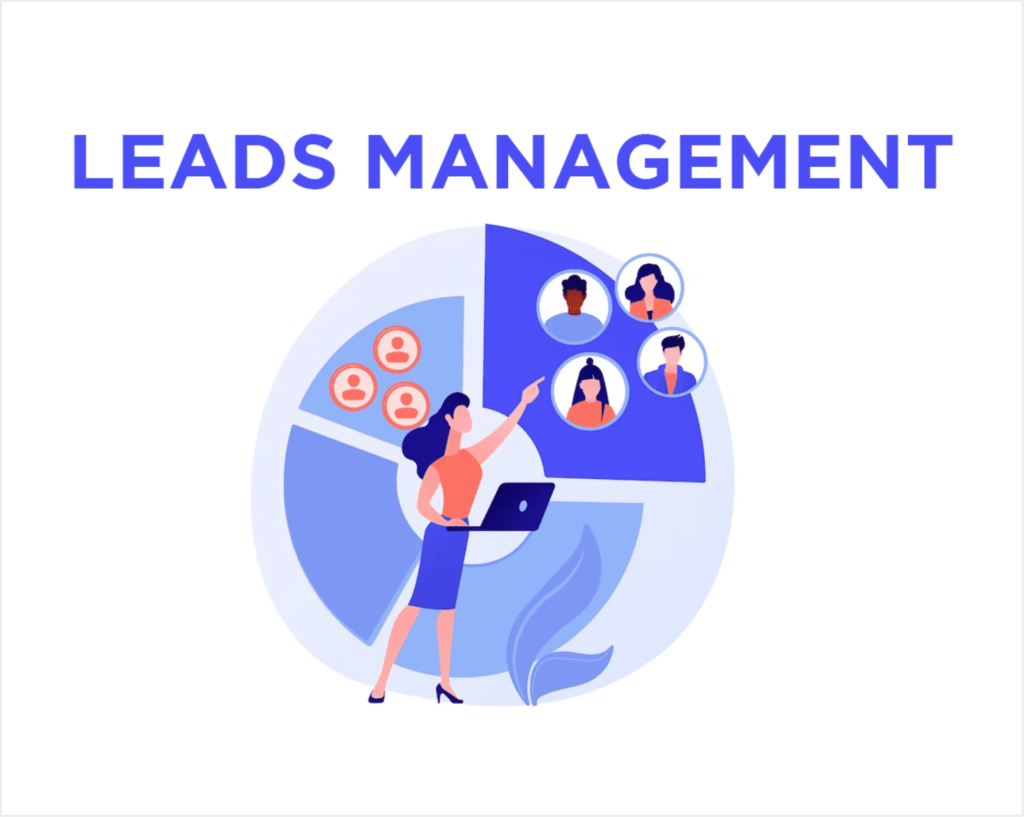Introduction
CRM, or “Customer Relationship Management,” is a software program that makes it simple for business owners to keep track of all of their correspondence and develop connections with their prospects and customers. The numerous spreadsheets, databases, and apps that many firms piece together to track client data are replaced by CRM software for small businesses. Organization, effectiveness, improved time management, and pleased clients were the end results.
All of the information about your customers and sales leads is connected in one location via a CRM. Additionally, it compiles all correspondence related to each lead and client, including form fills, calls, emails, texts, and meetings, as well as papers, quotes, purchases, and tasks. When needed, your entire staff has access to such facts, enabling them to complete deals or provide exceptional customer care.
What is the purpose of a small business CRM?
The primary purpose of any customer information system, including CRM software, is contact management. A CRM’s main function is to handle and store all contact data, from leads to business partners.”Okay, this sounds kind of like a spreadsheet,” you may be thinking. What capabilities does a CRM offer above a spreadsheet?
Why CRM is advantageous to companies
All kinds of firms, from small startups to multinational conglomerates, can profit from CRM solutions. Among them are the following:improved assistance to customers. Customer support agents can deliver better and faster customer service if they have easy access to customer information, such as past purchases and interaction history.
identifying trends. Businesses can use reporting and visualization tools to uncover customer trends and insights by gathering and gaining access to customer data.
Mechanization. Menial yet essential customer service and sales pipeline jobs can be automated by CRM systems.
CRM's constituent parts
CRM software, at its most basic, compiles and documents client data into a single CRM database. This facilitates the access and management of that data for business users.
CRM systems have been enhanced with new features over time to increase their use. Recording different client contacts via phone, email, social media, and other channels is one of these functions. Numerous CRM systems now include the ability to automate tasks, calendars, and notifications, among other workflow automation procedures. Managers can monitor productivity and performance using additional CRM tools, which are based on data collected in the system.
Typical CRM system elements and functionalities include the following:
Marketing automation.
automation of marketing. Automating repetitive processes at various touchpoints in the lead generation lifecycle is one way that CRM platforms with marketing automation features improve marketing efforts. For instance, the system might automatically send email marketing content to prospects when they enter sales in an effort to convert sales leads into paying customers.
Automation of contact centers.
Contact center automation, which aims to lessen the laborious parts of a contact center agent’s work, uses prerecorded audio to help with client problem-solving and information distribution. Customer requests can be handled by a variety of software programs that interface with the desktop tools of the agent, reducing call duration and streamlining customer support procedures. Chatbots and other automated contact center technologies can enhance consumer experiences.
Location-based services, often known as geolocation technology
Certain CRM systems incorporate technology that uses the physical locations of its clients to develop geographic marketing campaigns. These systems occasionally integrate with well-known location-based Global Positioning System (GPS) applications. To locate potential customers based on their location, geolocation technology is frequently utilized as a networking or contact management tool.
Automation of workflow.
CRM systems help companies optimize business processes by streamlining mundane workloads, enabling employees to focus on high-level and creative tasks that help them close deals.
Lead management.
Sales leads can be tracked through a CRM platform, enabling sales teams to input, track and analyze data for leads in one place.
Human resources (HR) management.
Management of human resources (HR). CRM systems facilitate the tracking of employee data within an organization, including contact details, performance evaluations, and benefits. As a result, the HR division can handle the internal staff more skillfully.
Analytics.
CRM analytics examines user data to create targeted marketing campaigns that can increase customer satisfaction rates.
project oversight.
Features to assist users in tracking client project information, including goals, strategic alignment, procedures, risk management, and advancement, are included in certain CRM systems.
Incorporation with additional software.
Numerous software programs, including contact center and business resource planning systems, are integrated with other systems.
CRM technology types
CRM systems are primarily supplied by Microsoft, Oracle, Salesforce, and SAP. While small and midsize firms favor different providers, these four are typically the greatest systems for larger organizations. The following categories of CRM technology are available.
CRM difficulties
Despite all the advances in CRM technology, a CRM system can easily devolve into nothing more than an elaborate database used to hold client data if improper management is not implemented. To make it simple for consumers to obtain the information they require, data sets must be connected, dispersed, and organized.
If data sets aren’t linked and arranged in a single dashboard or interface, businesses may find it difficult to obtain a single view of the consumer. Outdated or duplicate customer data in systems makes tracking the customer journey more difficult. Issues like lengthy phone wait times and incorrect handling of technical support cases can result in a deterioration in the customer experience (CX).



